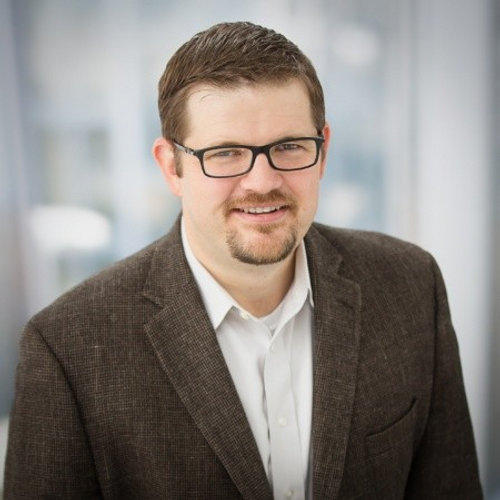Lentil Agronomics with Perry Miller, Ph.D.
Dr. Perry Miller is a cropping systems scientist in the Land Resources and Environmental Sciences Dept at Montana State University. A large portion of the work Dr. Miller does includes working with pulse crops and how they can make other crops, namely wheat, grow better. Part one of this episode was published as episode two in this season and focused on crop diversification and fertility. In this episode, we focus on lentil agronomics. As more and more farmers started to grow lentils in their rotation instead of summer fallow, Perry says the early lessons about growing the crops included being mindful of herbicide carryover and applying an inoculant.
So you need to know what your soil residual herbicide history is because there are some persistent herbicides, and lentil tends to be a little bit the canary in the coal mine when it comes to herbicide residues. If you've got something in the soil, lentils will usually respond to it…The other easiest mistake to make is to not apply a rhizobial inoculant in a way that actually gets that bacteria in a living fashion onto the seed or into the soil in a way that can interact with lentils to help with fixed nitrogen.” - Dr. Perry Miller
Perry says that most producers are familiar enough with pulse crops to avoid those common pitfalls and that most are now focusing on optimizing their operation. One interesting area that he has been exploring is rolling timing and its impact on yield. Perry mentioned that even in their trials where there was flat ground and very little rocks, rolling still seemed to be beneficial to yield. Perry has also looked at five different seeding rates and found out the recommended seeding rate, in a lot of cases, was probably not enough.
“Long story short, 1.5 x seeding rate was the economic optimum by the time you considered additional seed cost and what the yield response was. So it suggests that we're probably leaving some yield potential on the table by going at our old, traditional recommended seeding rates.” - Dr. Perry Miller
This Week on Growing Pulse Crops:
- Follow up with Dr. Perry Miller, a cropping systems scientist in the Land Resources and Environmental Sciences Dept at Montana State University.
- Explore the many farming practices Perry has studied and explored to optimize the productivity of pulse crops
Growing Pulse Crops Podcast is hosted by Tim Hammerich of the Future of Agriculture Podcast.

